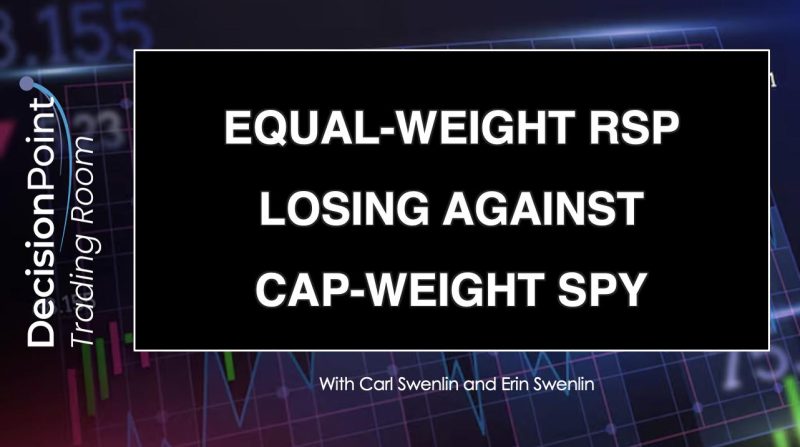In the realm of stock market trading, investors are often faced with the decision of choosing between various strategies and methodologies to maximize their returns. One such debate in the world of trading is the comparison between equal-weight and cap-weight strategies. The equal-weight strategy involves investing equal amounts of money in each stock within a particular index or portfolio, whereas the cap-weight strategy involves allocating funds based on the market capitalization of each stock.
Advocates of the equal-weight strategy argue that it offers a more balanced and diversified approach to investing since it provides exposure to a wider range of stocks, irrespective of their market capitalization. This approach aims to prevent over-concentration in a few large-cap stocks, thereby reducing the overall risk in the portfolio. Proponents of equal-weighting also suggest that this strategy can potentially outperform the cap-weight strategy under certain market conditions, particularly during periods of economic growth or market expansion.
On the other hand, supporters of the cap-weight strategy argue that it reflects the true market values of stocks, as it allocates more funds to companies with larger market capitalizations. This approach is often followed by many passive index funds and ETFs, such as the S&P 500, where companies with larger market caps have a more significant impact on the overall performance of the index. Proponents of cap-weighting believe that this strategy is more aligned with market efficiency and provides a more accurate representation of the market dynamics.
To further analyze the performance of these two strategies, let’s consider a case study involving the comparison of the performance of the SPDR S&P 500 ETF Trust (SPY) using both equal-weight and cap-weight methodologies. According to the analysis conducted by DP Trading Room, the results reveal that the equal-weight strategy has been consistently underperforming the cap-weight strategy in terms of cumulative returns over the past five years.
The study indicates that while the equal-weight strategy may offer benefits in terms of diversification and risk management, it may not always translate into higher returns compared to the cap-weight strategy, especially in a market environment where large-cap stocks are driving the overall performance. This suggests that investors need to carefully evaluate their investment objectives, risk tolerance, and market outlook before deciding on whether to adopt an equal-weight or cap-weight approach in their investment portfolios.
In conclusion, the debate between equal-weight and cap-weight strategies continues to spark discussions among investors and financial experts alike. While each approach has its merits and drawbacks, investors should consider various factors, including market conditions, investment goals, and risk tolerance, before choosing the most suitable strategy for their portfolios. Ultimately, the key lies in understanding the nuances of each strategy and making informed decisions based on individual circumstances and preferences.
